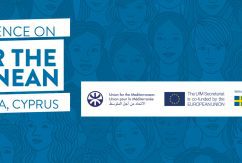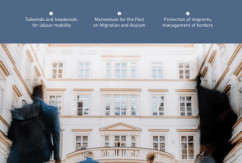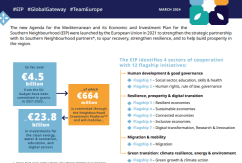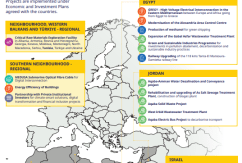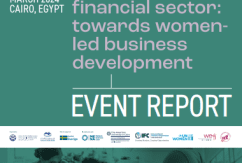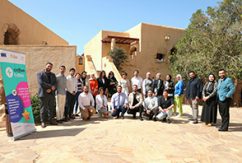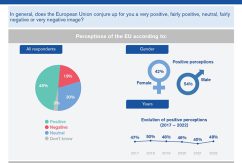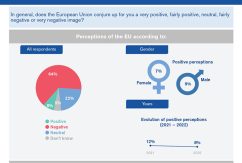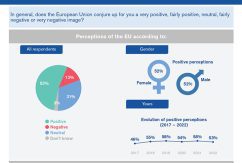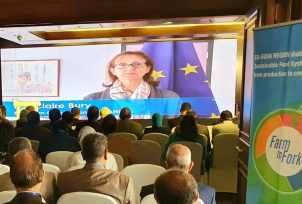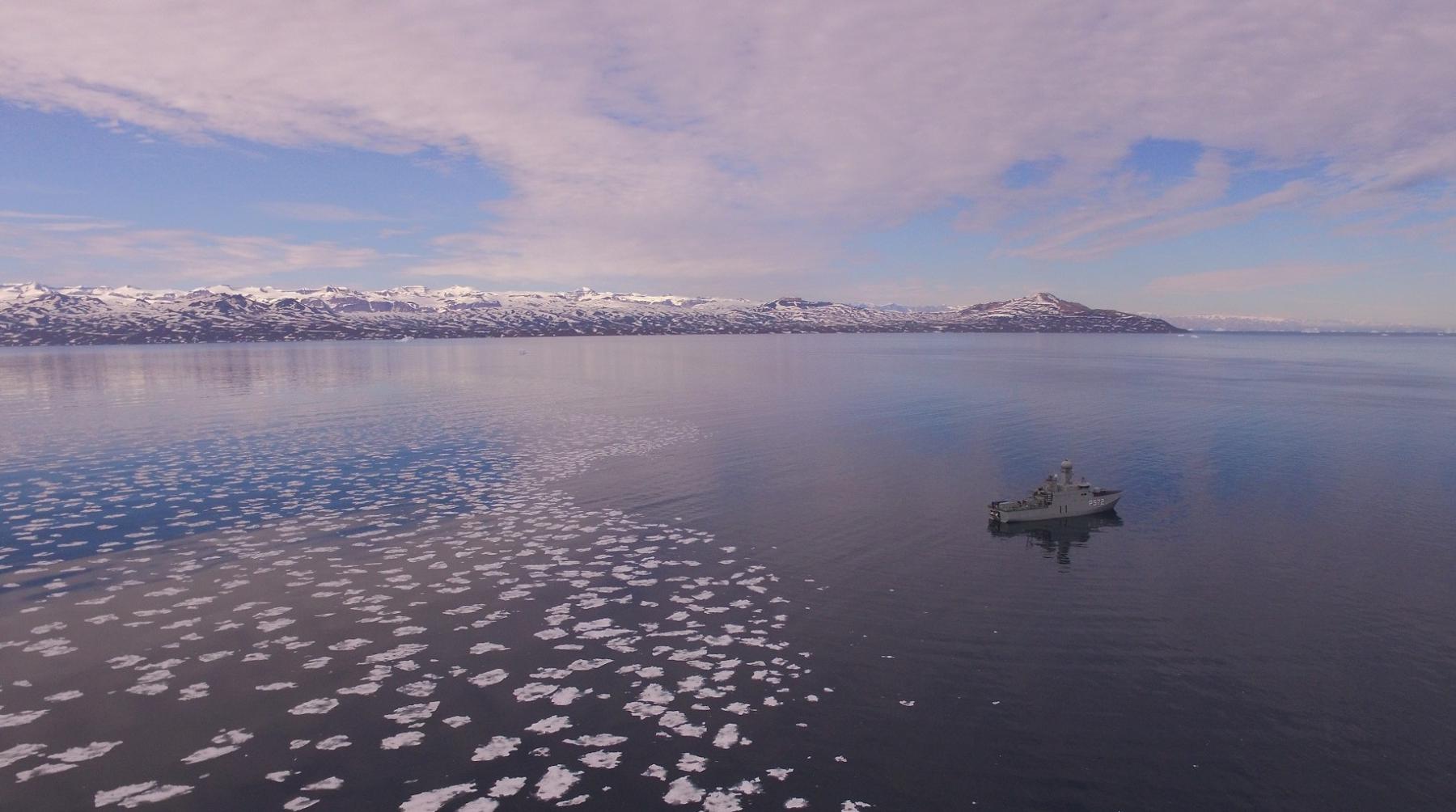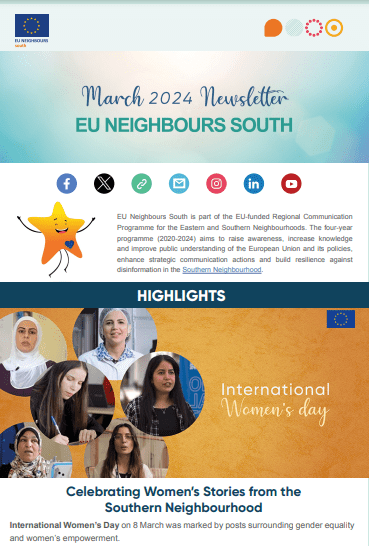FEMISE study looks into impact of migration on trade growth in the Euro-Med region
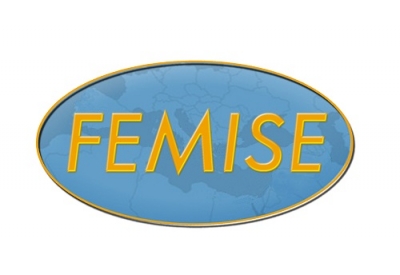

A study on “The role of vicinity linkages in the Euro-Med region for trade growth” has been produced by the EU-funded Euro-Mediterranean Forum of Economic Institutes (FEMISE) in the framework of the project “Support to economic research, studies and dialogue of the Euro-Mediterranean Partnership”. The research addresses the effect of historical bilateral ties and how they ensure a higher number of social interactions between migrants and natives, increasing the size of the pro-trade effects of migrants.
In this context, the effect of other variables in shaping trade-migration linkages are explored, including the role of immigrants’ characteristics and social integration issues at destination countries. Two case studies are used in the study, namely France (as a country of destination) and Egypt (as a country of origin).
The study shows that the stock of migrants in France has been increasing since the 1960s, with two decades of stabilisation. The most recent stock of migrants has reached 7.6 million in 2013. This means that roughly 220,000 individuals entered annually during the period of analysis 2000-2013, with 51% coming from Africa, and 34% from Europe. Family reunification represents the main motivation for immigration to France.
Egypt data shows 4 million people living around the world. Egyptians living in the Arab countries mostly migrate in response to economic and material factors while migrants in Western countries seek professional development and escape from the perceived corruption and social prejudices existing in Egypt
Trade figures for France show that the main destinations of exports are EU countries with exported commodities being mostly manufactured goods. In regard to import flows, EU countries again occupy the top of the ranking as main providers together with the USA. Exports and imports to and from MENA3 countries (Algeria, Morocco, and Tunisia), show a particular share of around 1% of total exports and imports although exports have significantly grown in volume over the period of analysis.
Similar figures for Egypt between 2000 and 2013 show that export partners of Egypt have shifted towards Arab countries from an emphasis on the EU. For imports, in 2013 The UAE and Kuwait take a leading role as providers replacing Western countries. Trade flows between Egypt and Arab countries include bilateral exchanges of manufactured goods and some imports of natural resource (petroleum) based products. Trade flows with the EU, USA, Canada and the remaining commercial partners show exchanges of manufactured goods and some exports of food products.
FEMISE is an Association that receives EU-funding, aiming through its activities to contribute to the reinforcement of dialogue on economic and financial issues in the Euro-Mediterranean partnership, within the framework of the European Neighbourhood Policy and the Union for the Mediterranean. More specifically, it seeks to improve understanding of the priority stakes in the economic and social spheres, and their repercussions on the Mediterranean partners in the framework of their implementation of EU Association Agreements and Action Plans.
Read more
FEMISE – website
